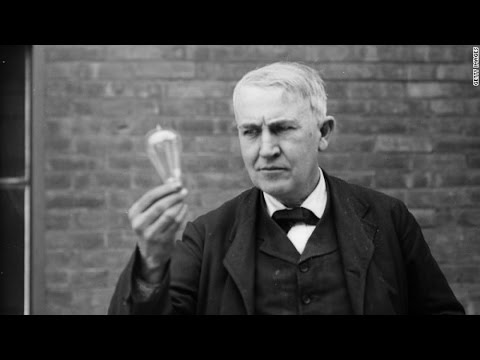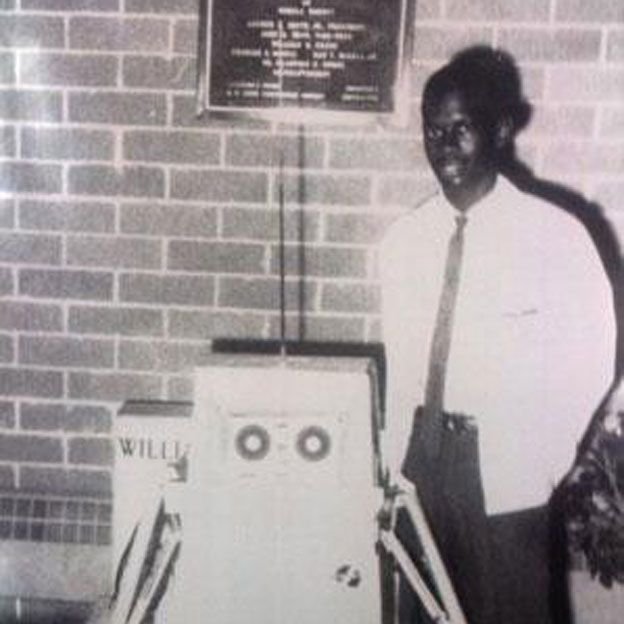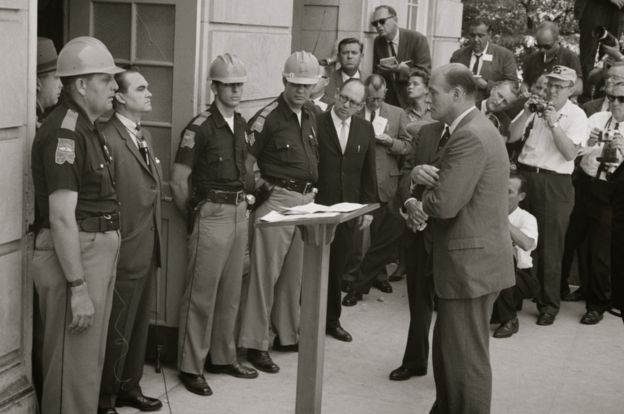
1. The breakthrough for people with ideas is the day they realize even the best idea does little on its own.
An idea often depends on a system for it to have value. That system could be an organization, a community or a technology. This is shocking because…
An idea often depends on a system for it to have value. That system could be an organization, a community or a technology. This is shocking because…
2. The mythology around ideas is that they are magical. That obtaining an idea is rare, but once you have it you've done the hard part. This is the *myth of epiphany* - most epiphany stories skip the real work that happened. Myths are fun after all!
scottberkun.com/2015/the-myth-…
scottberkun.com/2015/the-myth-…
3. We know Edison for the light bulb, but others did much of that. His real achievement was *the system*: the power grid, power plants, wiring, city regulations… a light bulb was useless otherwise.
A great designer thinks beyond ideas to the systems needed to makes ideas real.

A great designer thinks beyond ideas to the systems needed to makes ideas real.


4. For work inside an organization *the primary system is people*.
For an idea to succeed it will be a social process as much as an intellectual one. It's the nature of the work!
Persuading, collaborating, leading... are not annoyances, they're the path to make ideas real.
For an idea to succeed it will be a social process as much as an intellectual one. It's the nature of the work!
Persuading, collaborating, leading... are not annoyances, they're the path to make ideas real.
5. People with ideas often complain about politics and bureaucracy. Often this is a failure to recognize the system they're in and the skills required.
There's no way to build a pyramid without thousands of people and that comes with necessary politics and bureaucracy.

There's no way to build a pyramid without thousands of people and that comes with necessary politics and bureaucracy.


6. The question I ask people with ideas is: "do you care more about the idea or the benefit the idea will have on the world?"
If you care about the later, than you must study people and systems. Make it integral to your creative process.
Most creative heroes did the same.
If you care about the later, than you must study people and systems. Make it integral to your creative process.
Most creative heroes did the same.
7. To put this all another way: no amount of brilliance in an idea is going to change an organization or culture unless you have the power or influence to do it. Full stop.
The skill growth you need is: leadership, patience, making allies... that's the system you are in!
The skill growth you need is: leadership, patience, making allies... that's the system you are in!
8. Two good questions to ask:
1. Who has the creative influence here that I wish I had?
2. What was the last project here that was bold/creative/"the way I want to work"?
Study hard. Learn about them. If you can't find good answers your desires may be beyond the org you're in.
1. Who has the creative influence here that I wish I had?
2. What was the last project here that was bold/creative/"the way I want to work"?
Study hard. Learn about them. If you can't find good answers your desires may be beyond the org you're in.
• • •
Missing some Tweet in this thread? You can try to
force a refresh








